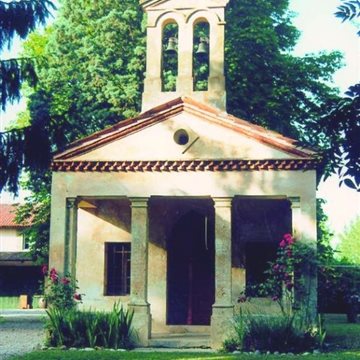If you want to take a dip into the Roman world, I suggest you spend a day in Aquileia pedalling through more and less well-known archaeological landscapes and visiting the beautiful exhibition at the Fondazione Aquileia entitled “Treasures and Emperors. The splendour of Roman Serbia”.
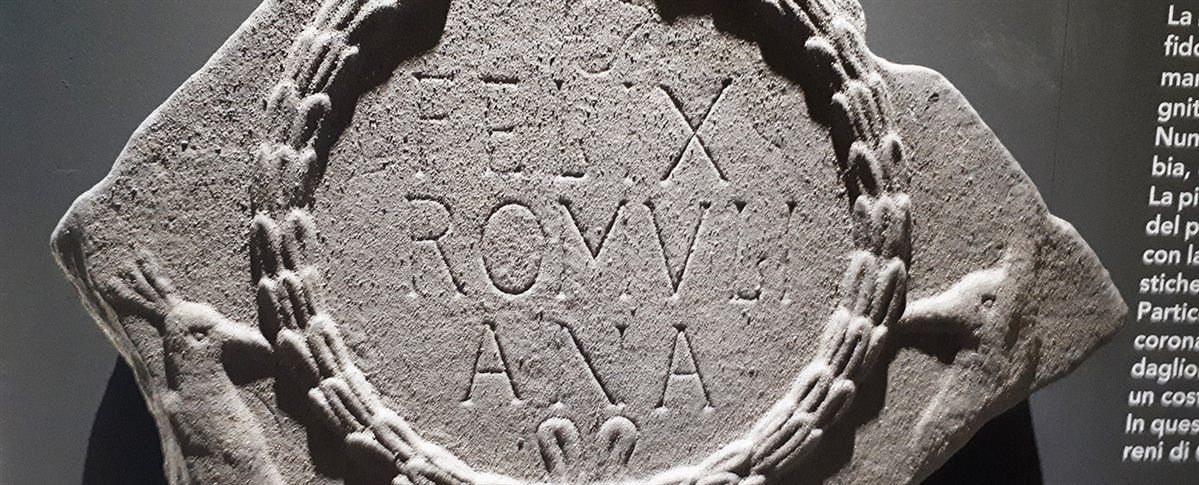
The exhibition illustrates the lands of soldier-emperors and treasures found in various locations in Serbia, findings of extraordinary importance and beauty, skilfully brought to light and perfectly preserved. The sixty-five items come from eight Serbian archaeological museums and lead the visitor on a journey through the history of the Roman Empire, from its expansion, to the golden age of the Late Antiquity until its decadence marked by the invasion of the same Huns as struck Aquileia. I highly recommend you participate in the guided tour conducted by the director of the Fondazione Aquileia, himself an archaeologist and curator of the exhibition; his story will allow you to understand the close links in Roman times between Aquileia and the territory that we now know as Serbia, and also includes curious details and the less immediate aspects that led to the realisation of the exhibition itself. That’s why I suggest you do the opposite of what we did because of a lack of time: first visit the exhibition and then go to discover Aquileia. It is precisely the close link between the Serbian territory and the town that enables you to explore the latter with all the information and curious details from the exhibition and capture aspects of the urban development shared between our town and the various Roman settlements in Serbia documented through the numerous panels in the exhibition.
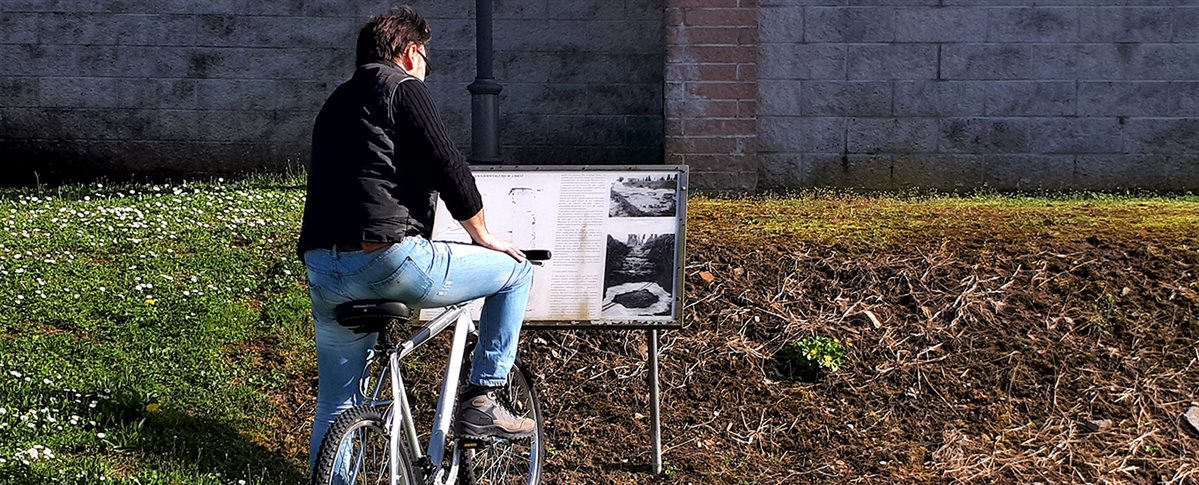
The overall layout is beautiful thanks to the atmosphere, the sounds, the projections and the museum techniques used for reconstructions. The perfect state of conservation of the finds is really impressive too. This immersive atmosphere allows the visitor to make a real journey illustrated by the leading historical museums of Serbia. Serbia, like Aquileia, was at a crossroads of military and commercial roads and a major river port. Particularly in the late empire, Aquileia was closely linked to the Danubian centres and from there started the old military and commercial road that connected it to Singidunum, today’s Belgrade. The links with Aquileia are also to be found in the items on show, such as the depictions of Jonah in a marine context and of the Good Shepherd that inevitably refers to the mosaic interiors of the Patriarchal Basilica.
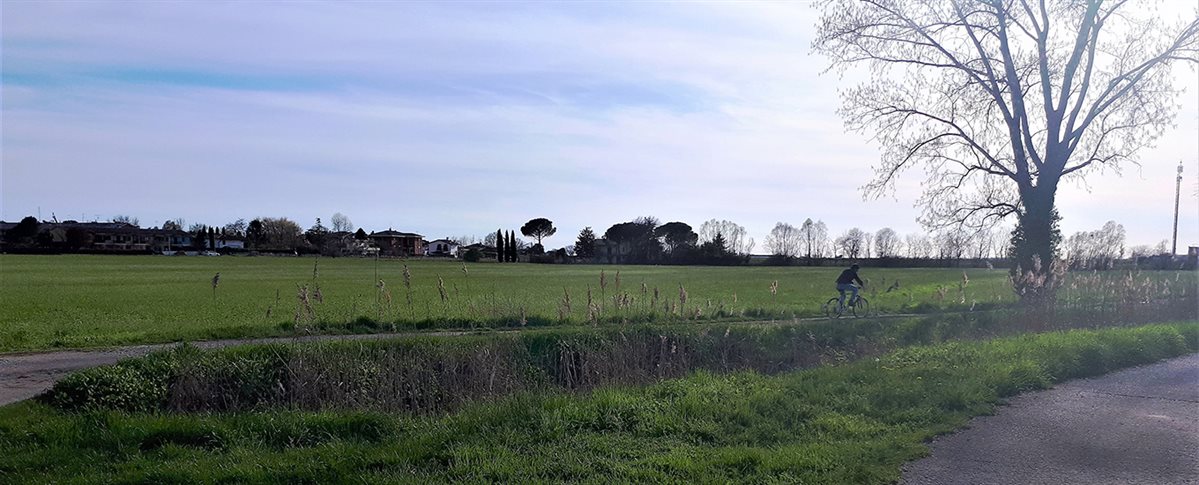
Among the various items on show and the associated stories, the ones that most impressed me were the masks and the parade sceptre worn by the Roman knights, the stories relating to the soldiers’ military life, the gold and silver objects of buried treasures, pieces of high artistic quality and manual dexterity of the artisans of the time, including the golden helmet with glass gems and the cameo portraying the Emperor Constantine on horseback. The exhibition is undoubtedly a unique opportunity to admire—a few steps from home—unique pieces otherwise only visible by travelling to Serbia and it also clearly illustrates the great military power of the Roman army.
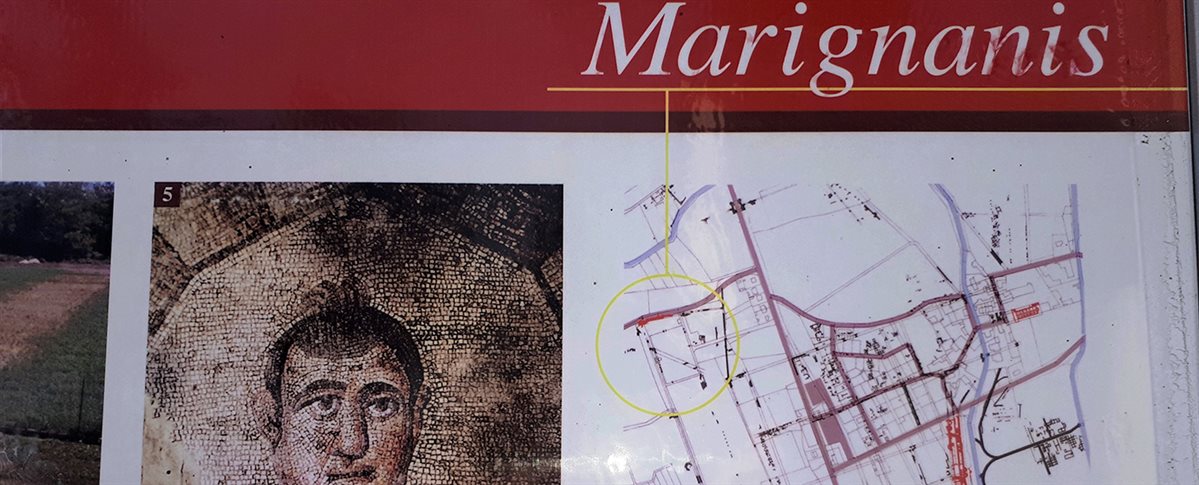
Before entering the exhibition, we rented two bikes at the infopoint and followed the streets and tracks of a hidden Aquileia, a little unusual but fascinating at the same time if you are lucky enough to be accompanied by a professional archaeologist who has dug and touched every stone, even those that are today buried and hidden. There are very interesting sites for history lovers who are often excluded from the standard tour routes, those within the reach of tourists who, being on foot and having limited time available, focus on the very heart of the historical centre (Basilica, Roman forum, Via Sacra, Fondo Cal etc.). With the bicycles, we cycled from the Monastero area to the north-west area of ??the city called Le Marignane (the tourist sign defines it with the Friulian term “Marignanis”), an area between the current municipal cemetery and the beginning of the Roman Via Annia. Passing through vineyards and fields surrounded by small canals fed by ditches and frequented by hares, herons, mallards and some rare marsh turtles, (which we were lucky to find right on our path) we arrive in the area where the Roman circus once stood. I had arranged to return to this site with my archaeologist friend to learn more about the ancient place of entertainment that was the Roman circus. I had only been there several years ago, and the only thing I knew was that it stood in the area where today’s cemetery is located. In fact, there are no visible remains except for a part of late-antique walls, so the visitor today can only imagine how that place must have been in Roman times and I must admit that both the archaeologist who led the visit to the exhibition and my friend helped me a lot to understand the site. The exhibition offers a beautiful reproduction of how a Roman circus appeared and the guide told us that just as in Serbia, so in Aquileia near the circus there was the Imperial Palace, or the public presence of the Roman emperor. The two buildings, he explained, were connected, allowing the emperor to reach the circus without going outside. The circus was a place for public performances, in particular races for horse-drawn chariots , but also for shows with dancers, mimes and gladiators. Today everything is covered by grassy meadows and vineyards nestling in the landscape dotted with wild flowers but along the dirt track that runs by the cemetery in the direction of the basilica, thanks to the help of my archaeologist friend, I could observe details of that archaeological landscape of Aquileia that is touristically underestimated not far from where, among other buildings, there were also the Roman baths.

Walking and pedalling there, where for centuries thousands of people came to watch the races with chariots, I was shown the difference in ground level and the points where it is perceptible to discern the presence of the ancient steps on which spectators sat. Impossible not to close your eyes and imagine for a moment that you are in the small town of Aquileia 2,000 years ago and imagine the noise of Roman fans, rich and poor, men and women, slaves and nobles: because everyone, but everyone used to go to the circus! We continue our tour by cycling along an ancient stretch of the Anfora Canal, now buried, built by the Romans to connect Aquileia directly to the lagoon and the sea. The part closest to the town was actually a harbour around which the commercial and artisan activities were located. In the Marignane area, the remains of a boat were found on the bottom of the filled-in canal. We emerged near the Via Annia (if you have time, go to see the Sepolcretum with five funerary monuments in excellent condition from the early centuries of the empire) and from there we headed to the Info Point and then went to the exhibition. It is a real pity that tourists are not given the opportunity to visit Aquileia with professional archaeologists: they could thus enter into a more intimate dimension of its history and enjoy not only the present archaeological heritage but also those landscapes, real or imagined, which, if properly illustrated, can become a means to read the history of the territory. Certainly our good fortune in being guided by two professionals of the past, outside and inside the exhibition, was fundamental for an understanding that I would say is unique and personalised of that ancient historical landscape of Aquileia that so intrigued me.
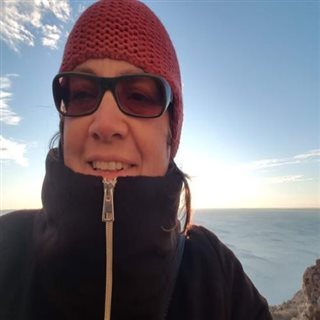 Lorenza Cesaratto
Lorenza Cesaratto
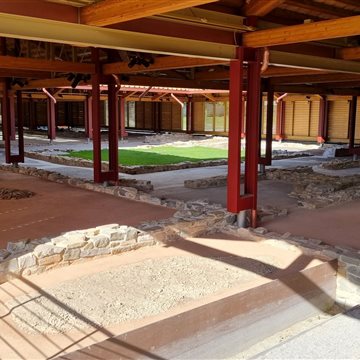








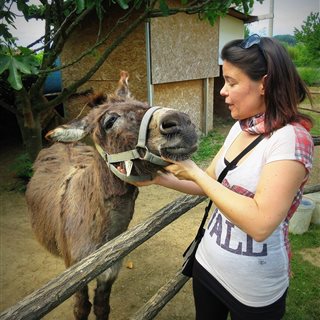
 Lorenza Cesaratto
Lorenza Cesaratto

 Giovanni Morassutti
Giovanni Morassutti

 Giovanni Morassutti
Giovanni Morassutti
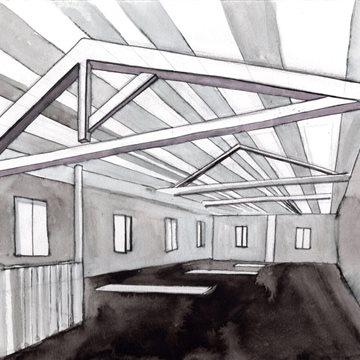
 Giovanni Morassutti
Giovanni Morassutti
